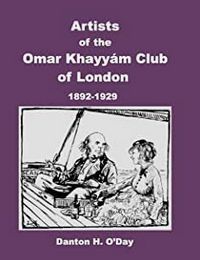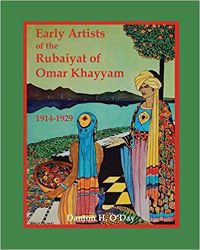Zwei deutsche Chajjam-Gesellschaften und ihre Gründer. Eine Spurensuche. Wilfried W. Meijer
In: Persica, vol. 28, (2023-2024), p. 59-127
Part of the Omar Khayyám story in the West is the history of the so called Omar Khayyám clubs. The first one was the Omar Khayyám Club of Londen, established in 1890 and still existing. A second club was the Omar Khayyám Club of America, founded in 1920. A century after the English club a Dutch club was founded in 1990, that too is still alive: the Nederlands Omar Khayyám Genootschap. However, there was also a club in Germany: die Deutsche Chajjam Gesellschaft (DCG) in Tübingen. Other than the mentioned clubs this Gesellschaft was rather a company or enterprise than a society. Its primary purpose was publishing and promoting the work of its founder, Chr. Rempis, who contributed significantly to the study and understanding of Khayyám’s rubáiyát. Unknown to this day however is the story of a second German Gesellschaft. It was founded in Osnabrück in 1949 by Th.F.K. Krohm. Whereas the Tübingen Gesellschaft became known through Rempis’ translations and studies, the Osnabrück club hardly evoked publicity despite its ambitious name: die Omar Khayyam-Gesellschaft zur Pflege iranischer Literatur (OKG).


